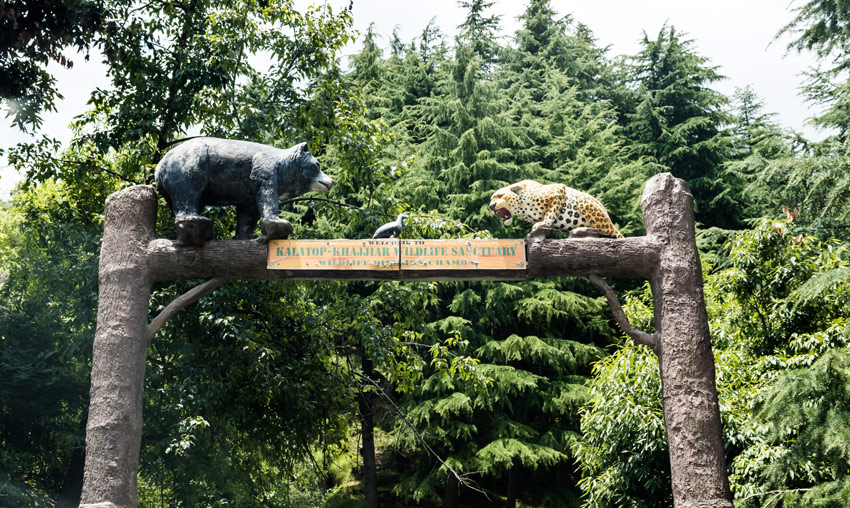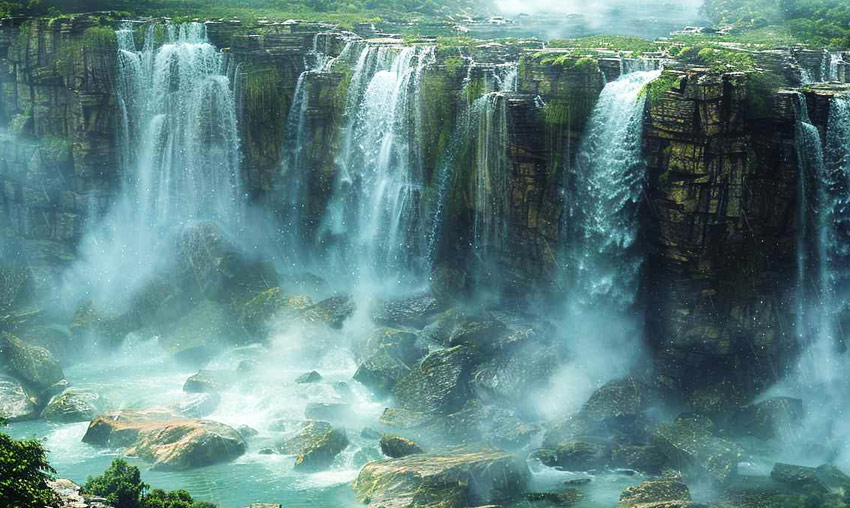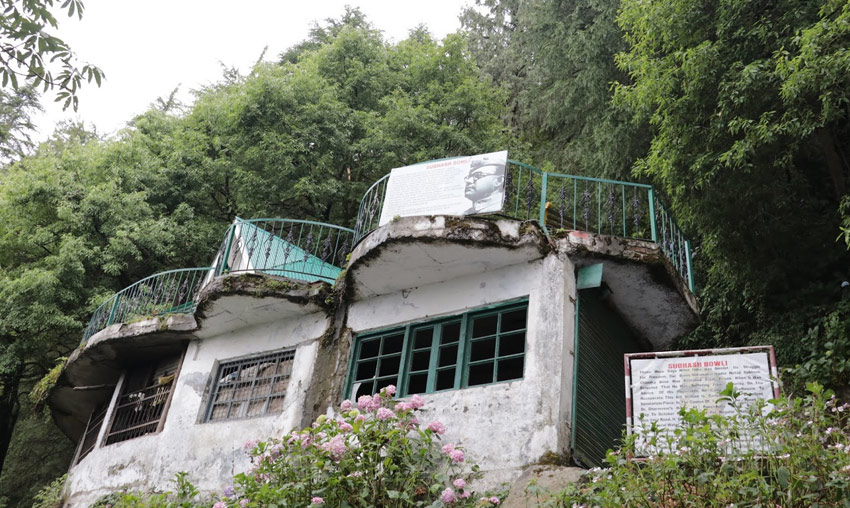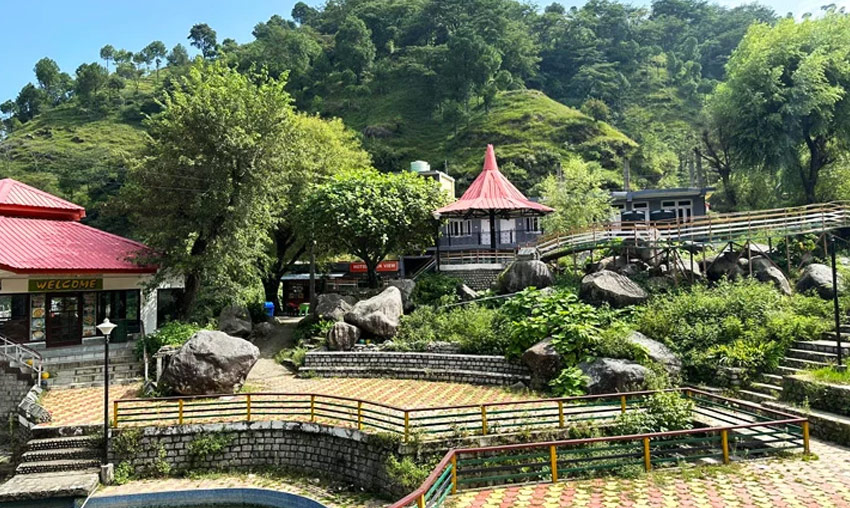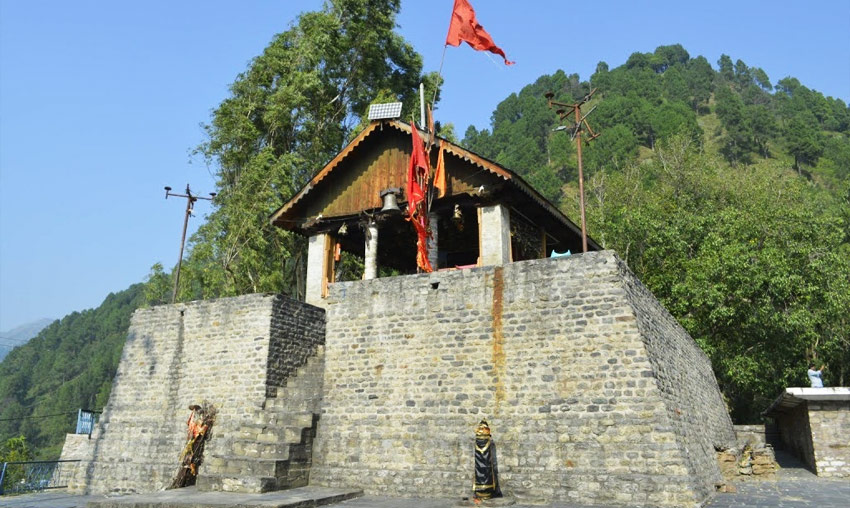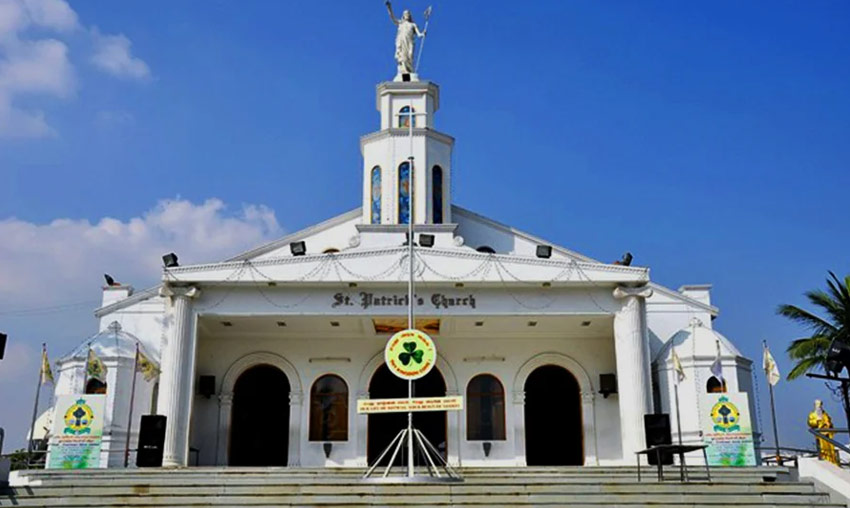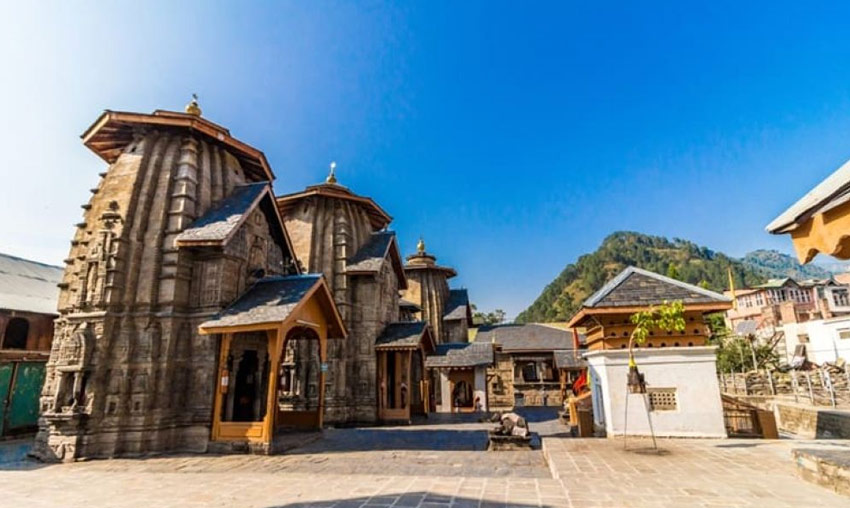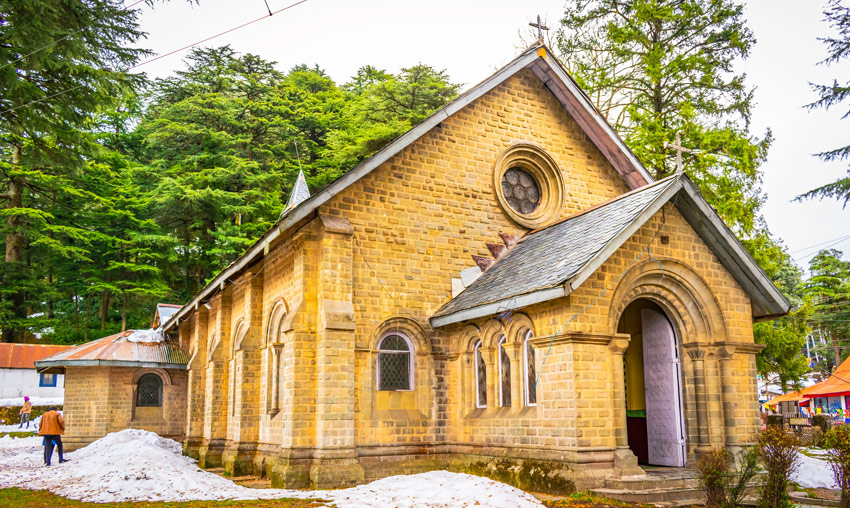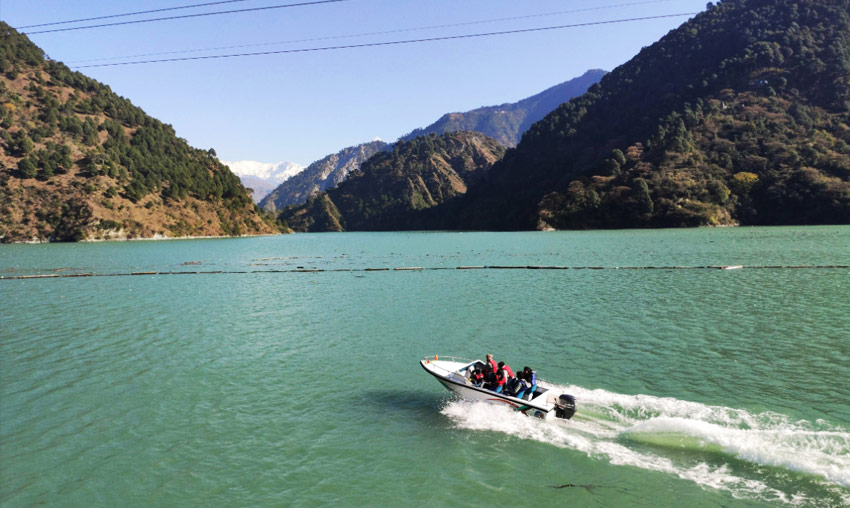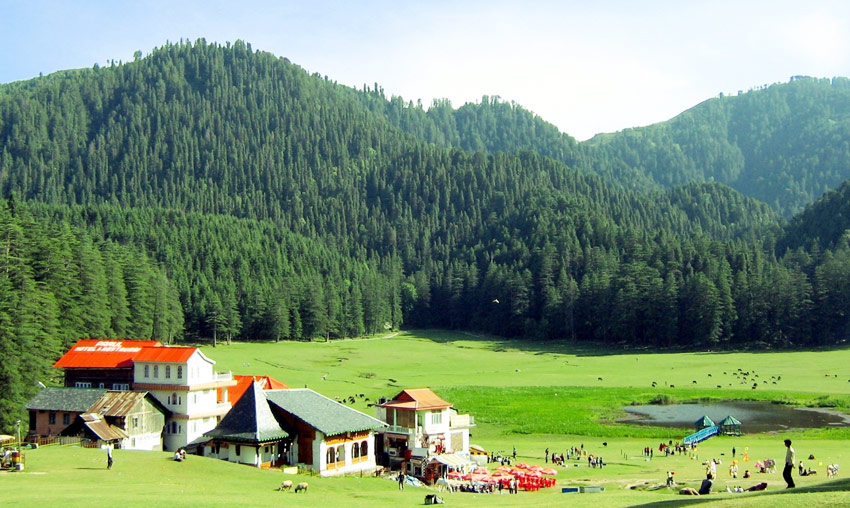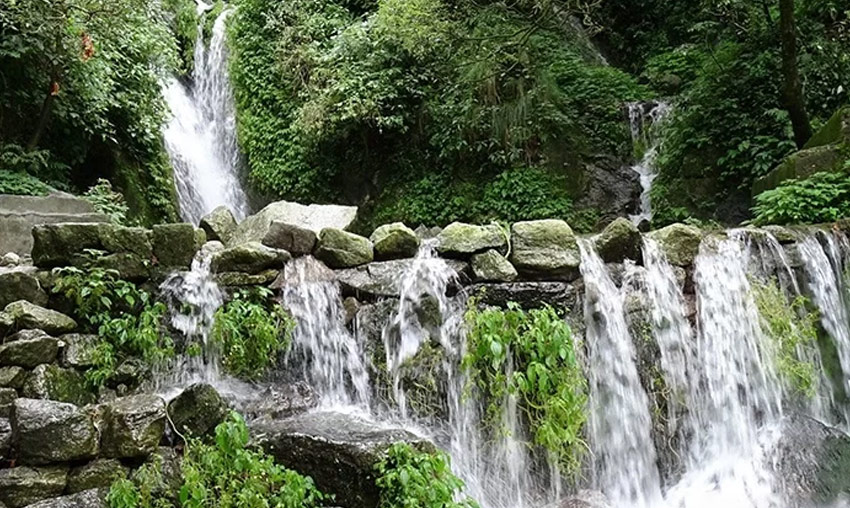Kalatop Khajjiar Wildlife Sanctuary, Dalhousie – Timings, Safari Cost, Best Time to Visit
The Kalatop Wildlife Sanctuary is home to thick deodar foliage, an abundance of wildlife, snow-capped mountains, carpets of lush grasslands, and visually appealing streams of fresh water. It is situated in the gorgeous hills Chamba district of Himachal Pradesh and is also known as the Kalatop Khajjiar Sanctuary.
Kalatop means ‘black cap’, referring to the dense black forest cover on the sanctuary’s highest summit. It is renowned for its abundant flora and fauna and is located on the Ravi River, just a few kilometers from the Chamba dam and Chamera reservoir. North of the sanctuary, the Ravi River receives hundreds of tiny freshwater streams. The well laid out trekking and hiking trails in the Kalatop Wildlife Sanctuary make for a great nature walk with views of the towering and immaculate Pir Panjal range.
See More Places to visit in Dalhousie
Kalatop Khajjiar Sanctuary Highlights
1. Trekking
The journey from Dalhousie to Kalatop Wildlife Sanctuary is a popular tourist activity. Fairy tale-like are the meticulously designed hiking paths that wind among tall deodar, coniferous, rhododendron, oak, and fir trees.
2. Sunset Viewpoint
The mysterious sunset vista at the top of the sanctuary offers delightful views of the majestic and towering Pir Panjal range.
3. Adventure Park
There is a small adventure park inside the sanctuary, ideal for kids to have some fun time.
4. Food & Drinks
Inside the animal reserve is a tiny canteen where you may enjoy tea and some local foods. Tea, Maggi, and pakoras are essential.
5. Forest Guesthouse
There is a modest guesthouse on the grounds of the Kalatop Khajjiar Sanctuary. Its appearance in the Bollywood film “Lootera” is what makes it fascinating and popular. You must make arrangements in advance to stay at the guesthouse; it is best to do so at least ten days before your intended arrival date.
Flora and Fauna at Kalatop Khajjiar Sanctuary
There is a wide variety of plants and animals in the exotic wildlife refuge. Black bears, Himalayan black martens, barking gorals, leopards, deer, wild cats, serows (mammals that resemble goats or antelopes), and other creatures can be found in the forest region. With so many different bird species, including the Eurasian jay, chestnut billed thrush, blackbird, grey-headed canary, pheasant, Himalayan monal, and others, the Kalatop Wildlife Sanctuary is a birdwatcher’s dream come true.
History of Kalatop Wildlife Sanctuary
The area was well-known for the Chamba monarchs’ use as hunting and athletic fields while the princely kingdoms were ruled by the British. Despite being designated as a natural reserve in the early 1960s, the area that is now part of the Kalatop Khajjiar Sanctuary was not protected until the 1970s, when it was designated as a sanctuary. The verdant paradise has long been an open forest sanctuary, which means that animals are allowed to enter and exit the region without any type of enclosure.
Best Time To Visit Kalatop Khajjiar Sanctuary
With the exception of the rainy months, when it can become uncomfortable to move around, the forest area is at its most greenest throughout the summer months of March through May. From September forward, the post-monsoon season is pleasant and ideal for taking advantage of everything that nature has to offer.
How To Reach Kalatop Khajjiar Sanctuary
The significant hill station and tourist town of Dalhousie, which is eight kilometers away, is the closest major settlement to Kalatop Khajjiary Sanctuary. To enter the forest area, take a taxi from Dalhousie and drive either on the Chamba/Khajjiar road or the Karelnu road.
Must Know Before You Visit Kalatop Khajjiar Sanctuary
1. Watch out for bears in the vicinity.
2. To enter a vehicle and remain in a protected area, you must obtain authorization from the District Forest Officer in Chamba.
3. The forest department does not provide guided tours.
4. If you like to explore Dalhousie, it is simple to take a taxi.
Timings : 7:00 AM – 6:00 PM
Time Required : 2-3 hours
Forest Reserve Entry Permit : INR 250
Entry Fee : No entry fee
Best Time to Visit : September – May
Parking Available : Yes
